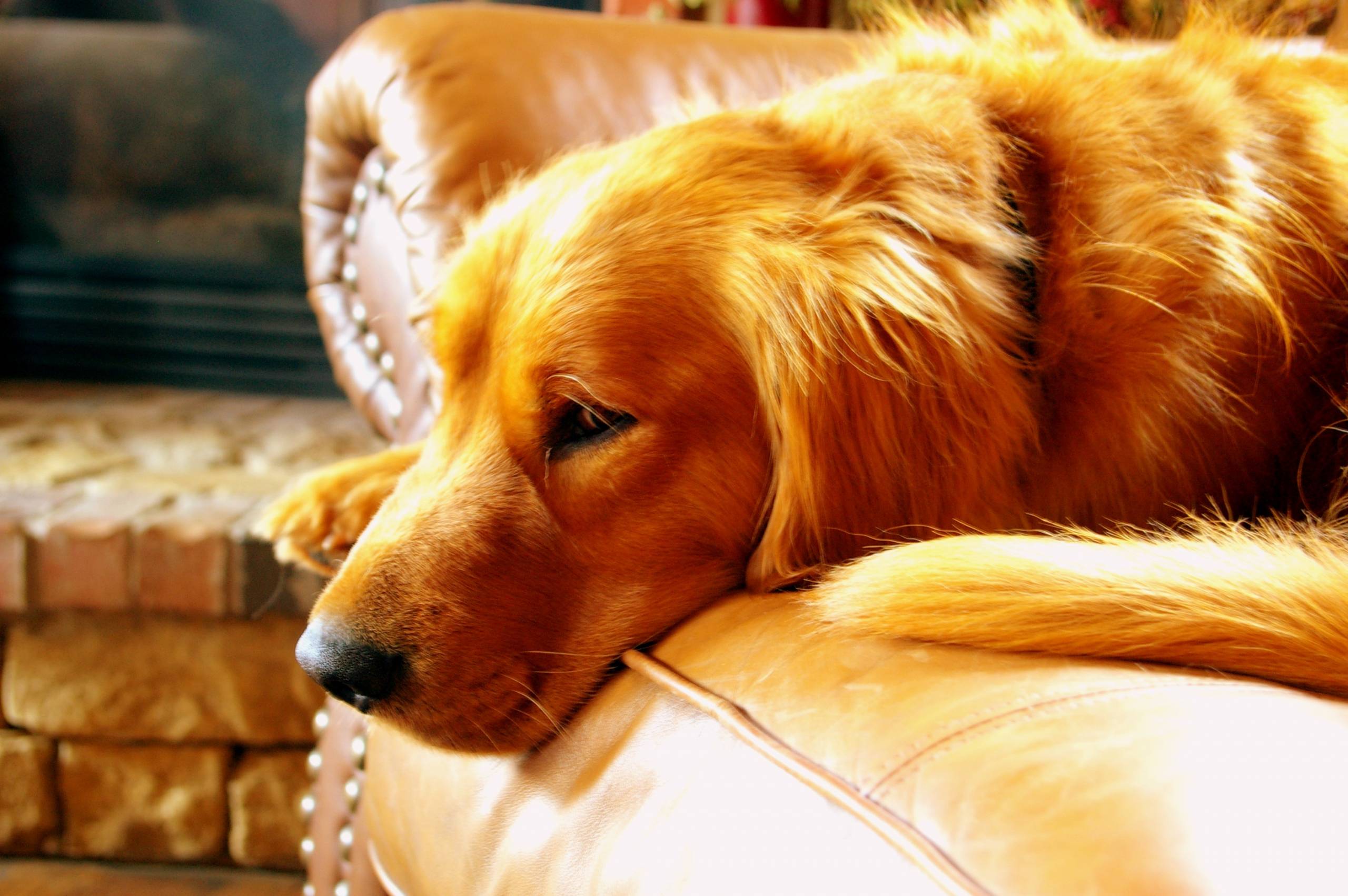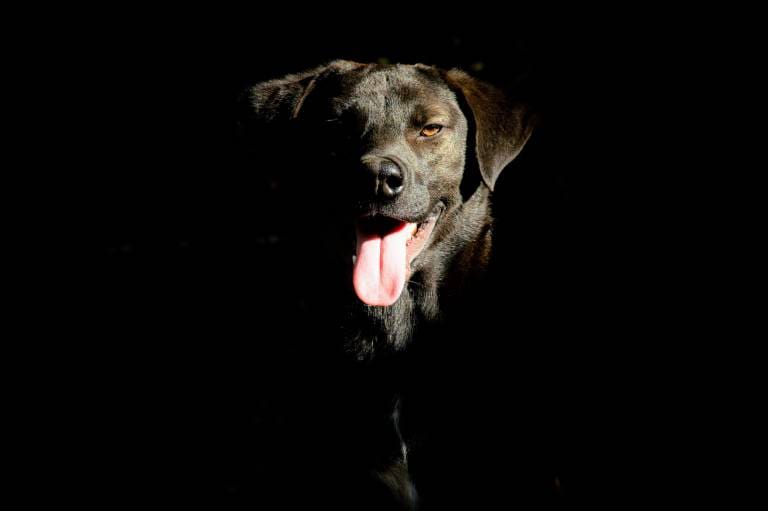How To Stop Dogs From Fighting?
Post Date:
December 10, 2024
(Date Last Modified: December 10, 2024)
Watching dogs fight can be distressing for pet owners and dangerous for the dogs involved. It’s essential to understand the reasons behind dog fights and how to prevent them for a harmonious environment.
Reasons for Dog Fights
Dogs may fight due to territorial disputes, fear, or frustration. Sometimes, play can escalate into aggression, particularly if one dog feels overwhelmed. Recognizing the triggers that lead to confrontations is crucial for prevention.
Staying Calm in Tense Situations
When faced with squabbling dogs, remaining calm is vital. Your reaction can influence their behavior; panic can heighten their anxiety. Take a moment to assess the situation and respond thoughtfully.
The Importance of Socialization
Proper socialization is one of the most effective ways to reduce fighting. Puppies should be exposed to various environments, people, and other animals. This exposure helps them learn appropriate behaviors and diminishes fear-based aggression. Socialization classes offer a controlled environment for positive interactions.
Training and Commands
Training is essential in preventing fights. Basic commands like “sit,” “stay,” and “leave it” can be lifesavers during tense moments. Consistent training and positive reinforcement foster a bond of trust, aiding in behavior management.
Recognizing Signs of Aggression
Being able to identify early signs of aggression—such as growling, barking, or stiff body language—is crucial. If you notice these signals, intervene gently but firmly. A loud noise or distraction can redirect their attention, but prioritize your safety in the process.
Addressing Aftermath of Fights
If fights occur, understanding the aftermath is vital. Dogs may develop anxiety or fear after a confrontation, which can lead to further aggression. Monitor their behavior closely, and if changes persist, consider consulting a professional trainer or behaviorist.
Creating a Safe Environment
Ensure that each dog has its own space to retreat when feeling overwhelmed. Providing a safe zone allows dogs to decompress and prevents feelings of threat.
Managing Resources to Reduce Disputes
Resource management is key in preventing conflicts. Dogs can become possessive over food, toys, or sleeping areas. Feeding them in separate locations and supervising playtime minimizes competition. If possessiveness arises, redirect their focus to different toys or activities.
The Role of Regular Exercise
Regular exercise is crucial for maintaining good behavior. Dogs lacking physical activity may become bored and exhibit aggression. Daily walks, playtime, and mental stimulation through puzzle toys help burn off excess energy.
Understanding Individual Personalities
Recognizing your dogs’ temperaments plays a significant role in preventing fights. Some breeds are more prone to aggression, while others are naturally social. Tailor your approach based on their unique personalities and needs.
Consulting a Veterinarian
Health issues or hormonal imbalances can contribute to aggressive behavior. A thorough veterinary check-up can rule out underlying medical conditions and may lead to recommendations for behavioral medication if necessary.
Building Positive Relationships
Engaging in activities that promote teamwork, like agility training or obedience classes, strengthens the bond between dogs. These experiences teach them to collaborate rather than compete.
Gradual Introductions of New Dogs
When incorporating a new dog into a household, take the process slowly. Allow initial meetings in neutral spaces to prevent territorial feelings. Gradually supervise their interactions and reward positive behavior.
Establishing Consistent Routines
Dogs thrive on predictability. Establishing a consistent routine for meals, walks, and playtime reduces anxiety, making them less likely to react aggressively.
Patience is Essential
Addressing fighting behavior requires patience and consistency. Celebrate small victories while preparing for setbacks. If a fight occurs, avoid punishment; instead, focus on understanding what went wrong to prevent future incidents.
Tailoring Approaches for Individual Dogs
Every dog is unique. What works for one may not work for another. Remain observant and flexible in your methods to suit each dog’s specific needs.
Commitment to Peaceful Coexistence
Creating a peaceful environment for dogs demands effort and dedication. By understanding their behaviors, providing proper training, and ensuring a safe space, the chances of fighting can be significantly reduced. The rewards of a harmonious atmosphere and a stronger bond with your pets make the effort worthwhile.






